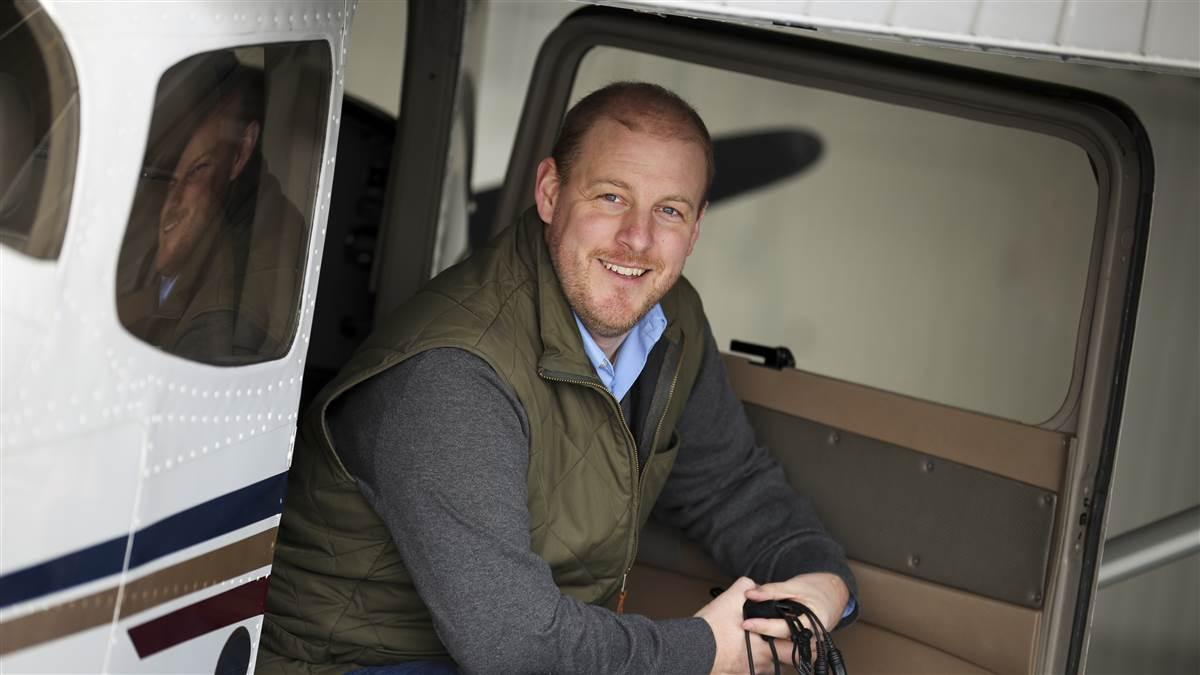Right Seat
In control

[email protected]
Never mind that I was flying at 6,000 feet, well above the upcoming shelf of protected Class C airspace, or that this was 30 degrees off my course. To this controller, I was a nuisance to be pushed out of the away while he dealt with more important things.
As we droned on for the next 15 minutes I sat there thinking about the 15 minutes I had wasted on the ground earlier waiting for a release, air traffic control’s version of a green traffic light. So I piped up and asked for a turn back toward my course. “I can have that for you in 15 miles,” he said. Frustrated at the snub, I canceled my instrument flight plan and made the turn.
This story isn’t dramatic, but it is instructive. The regulations mention pilot-in-command responsibility and authority many times, and hopefully your instructor has helped drill the concept as well. Most pilots seem to understand the responsibility part of the equation. If you screw up, your good name is on the line. That’s clear when you read an accident report: The engine quits for no explained reason, the airplane flips on the off-airport landing, and the National Transportation Safety Board blames the pilot. Um, excuse me, but I was doing fine until the engine cashed out.
Pilot-in-command authority means we should feel empowered to make our own decisions.Thankfully, we are given some authority with that responsibility. Generally, the pilot in command is free to do whatever necessary to make sure the flight arrives safely. That’s obvious on its face, but the implications are interesting. It means we should feel empowered to be our own boss, make our own decisions, and do what we can in order to arrive happy and healthy.
Once you embrace that mindset, good things start to happen. You begin to think creatively about how to improve safety and efficiency. Maybe the control tower is running operations on a runway with a big crosswind, or even a tailwind. As PIC you’re empowered to request a different runway. You are free to land short of your destination to avoid weather; you’re the boss when it comes to the smoothest altitude to fly, or the safest route to take. And best of all, if a routing doesn’t suite your needs, you can think creatively about how to get a better one. In my case that was canceling the restrictive IFR clearance and continuing the flight VFR.
Like any good boss, good pilots in command also think strategically, and get away from a task-oriented environment. Instead of thinking about what they should be doing at that second, they look 50 miles ahead and anticipate what could happen next. They have a goal and a method to reach that goal. Or, in corporate-speak, a vision for what a great flight looks like, and a mission to accomplish it.
I don’t mean to imply that pilots should be cowboys and do whatever suits their moods. Nor should they demand things from ATC without a good safety reason. If safety isn’t on the line, working as a team is always a better approach. But there are dozens of accident reports where pilots waited to demand an altitude change or declare an emergency as they took on ice, or never questioned an unusual or bad instruction that led to an accident.
My situation wasn’t at all serious, and I was maybe being a little impatient. But the weather was good, the traffic was light, and I was already running late. It never hurts to practice working the system on good days so you have that knowledge for the bad days.



